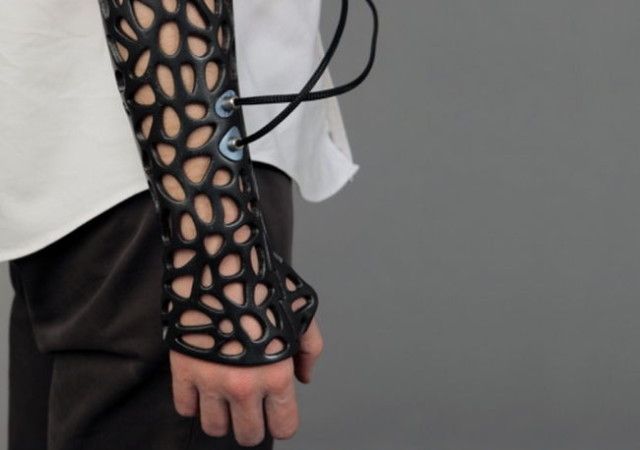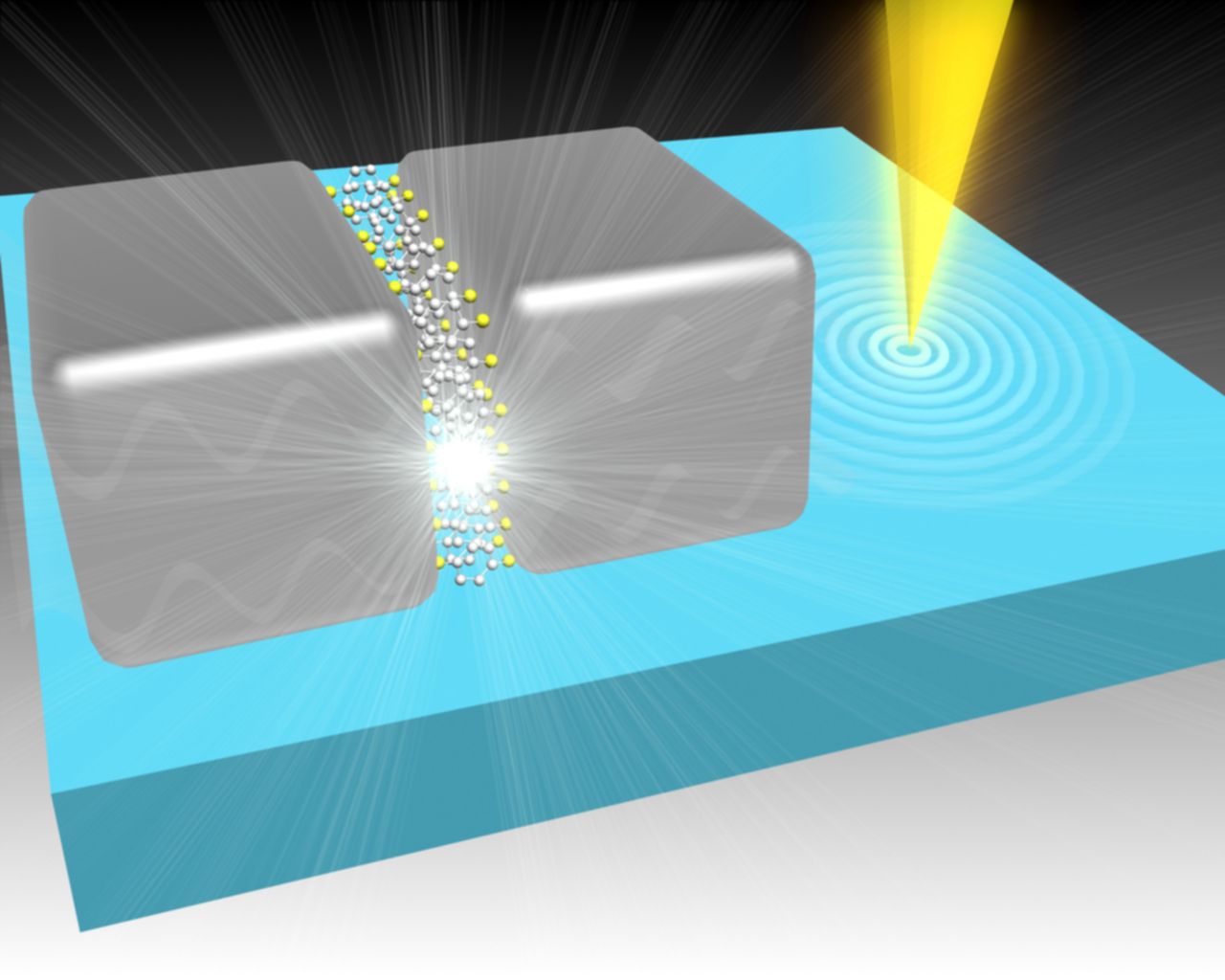Apr 20, 2014
3D Printed Cast With Ultrasonic Vibrations Helps Speed Up Recovery
Posted by Seb in categories: 3D printing, biotech/medical

So we’ve seen how 3D printers can be used to print medical-related gadgets, such as a portion of a skull, and while those are great and serve as viable alternatives compared to current implants and whatnot, wouldn’t it be better if those 3D printed medical gadgets/accessories could actively help your healing process as well?Well perhaps now it can, thanks to a prototype cast which not only acts as a regular cast, but at the same time uses ultrasonic vibrations that will help speed up the bone healing time. This design was put together by Turkish student, Denis Karasahin, who managed to win the 2014 Golden A’Design Award for his idea.


 TED
TED
 Circuits that can operate at frequencies up to 245 terahertz — tens of thousands times faster than today’s state-of-the-art microprocessors — have been designed and fabricated by researchers at National University of Singapore and Agency for Science, Technology and Research (A*STAR).
Circuits that can operate at frequencies up to 245 terahertz — tens of thousands times faster than today’s state-of-the-art microprocessors — have been designed and fabricated by researchers at National University of Singapore and Agency for Science, Technology and Research (A*STAR).







